Guangzhou Metro Line 10 began operations on June 29, connecting 12 stations across four central districts. The 19.3-kilometer Line 10, operating between Xilang and Yangji East, features driverless trains and district-themed designs, with each stop revealing a unique local attraction.
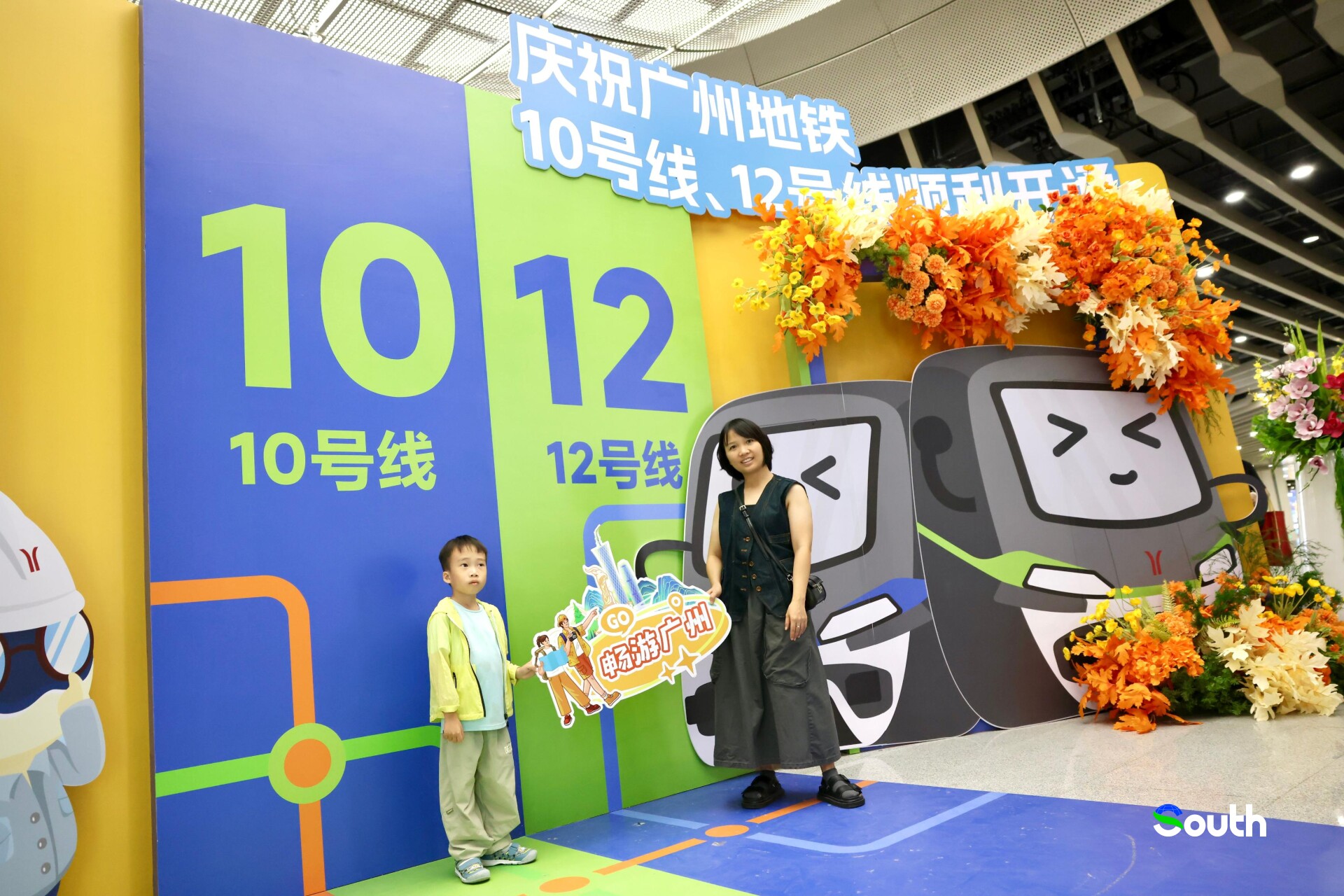
Station-by-Station Cultural Guide
Yangji East Station (杨箕东站)
Yangji Village (杨箕村): This 1,000-year-old urban village exemplifies Guangzhou's blend of heritage and modernity. Once a farming settlement, it now houses Cantonese teahouses, independent boutiques, and craft beer bars. Its narrow alleys contrast with neon-lit cafes, attracting both history enthusiasts and nightlife seekers.
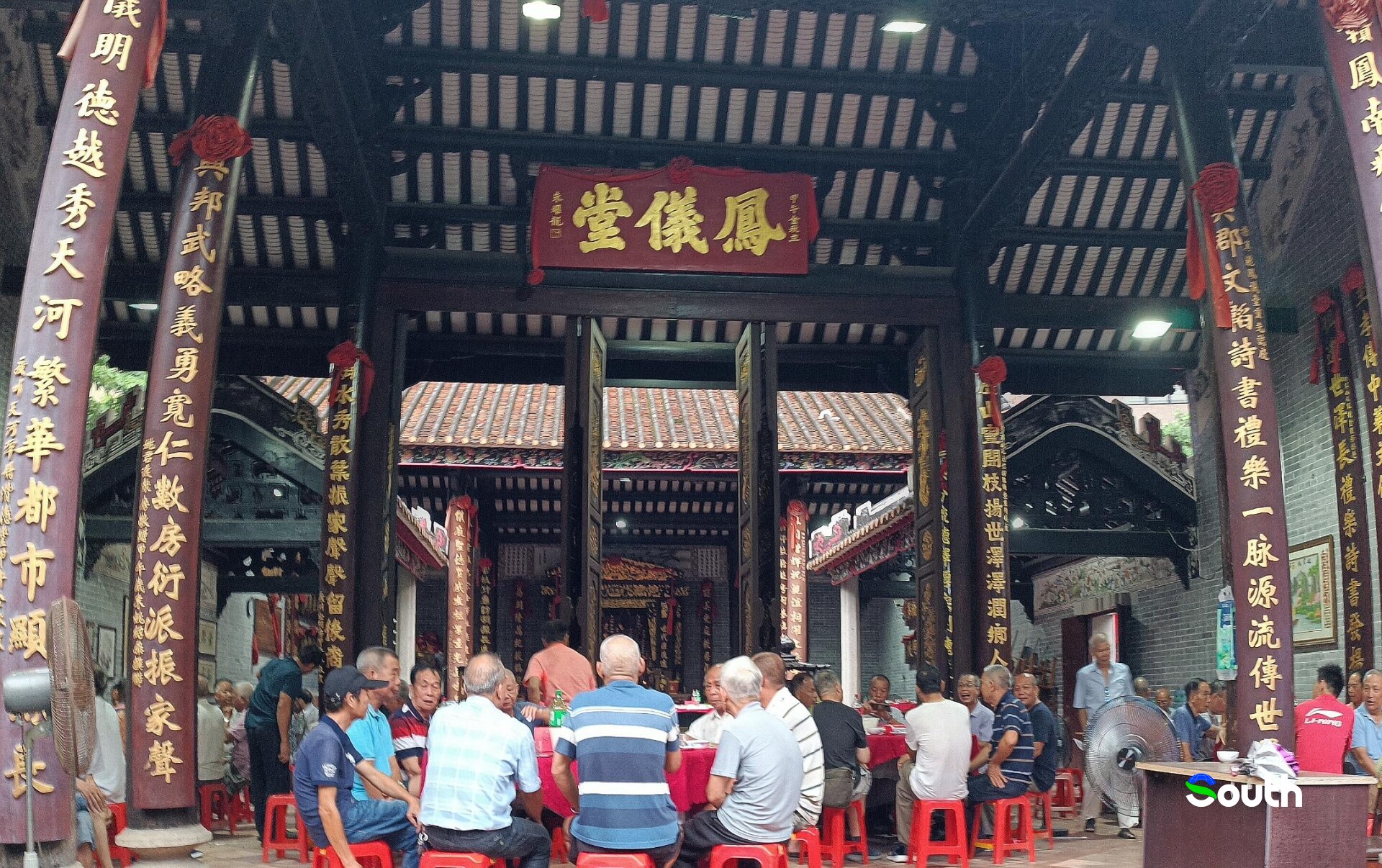
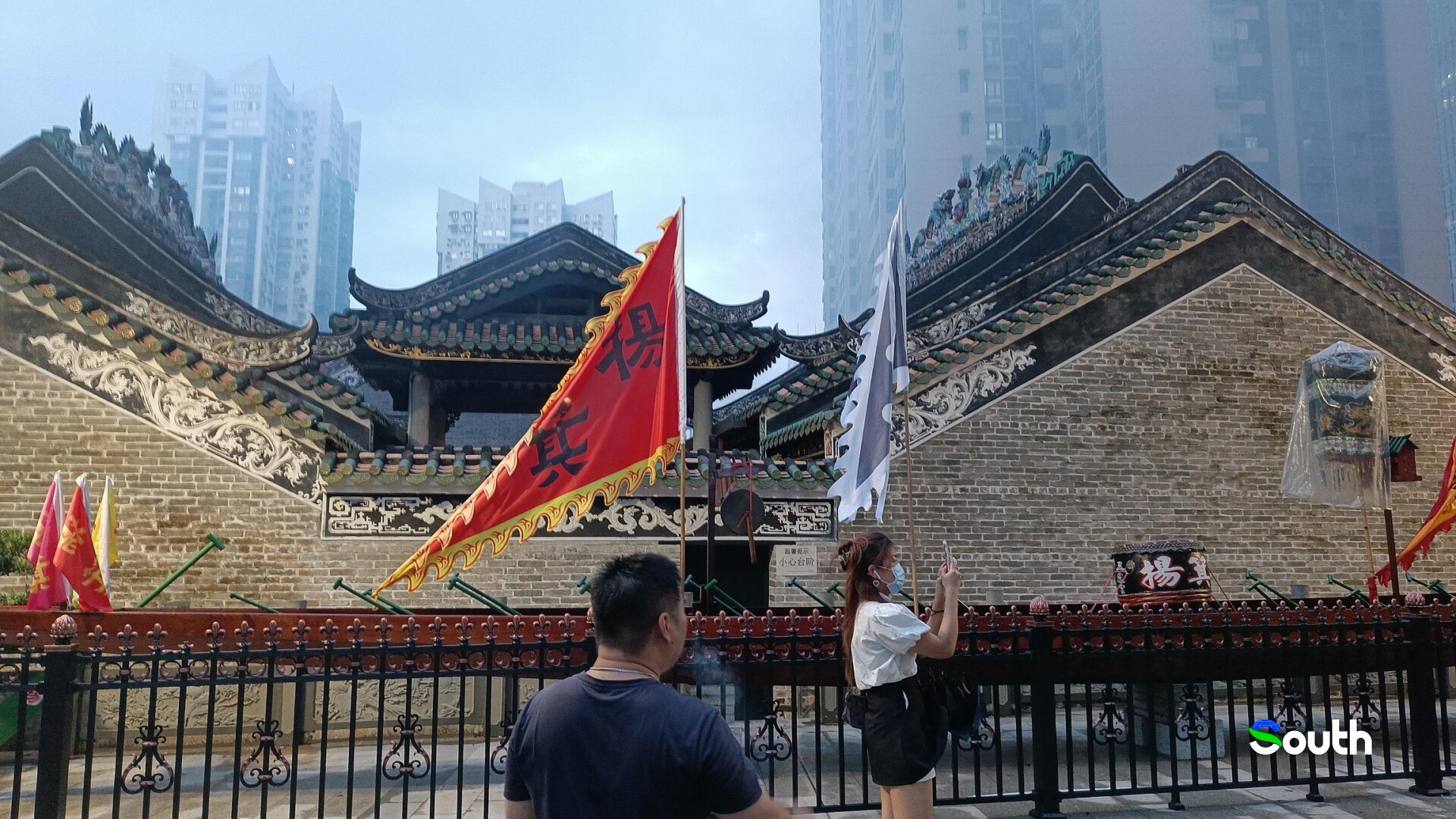
Wuyangcun Station (五羊邨站)
Nanfang Media Group (南方报社): A landmark for journalism, surrounded by literary cafes and bookshops ideal for cultural leisure, creating an intellectual oasis amid skyscrapers.
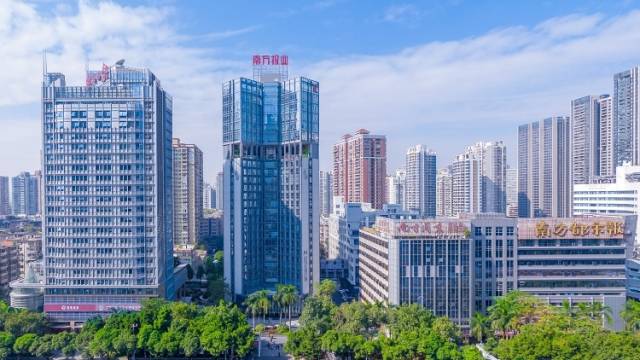
289 Art Park (289艺术园区): A former printing factory transformed into a creative district where exposed brick walls host avant-garde installations. The artisan markets here sell handmade ceramics, while repurposed machinery serves as a backdrop for photography exhibitions and jazz performances.
Donghu Station (东湖站)
Dongshan Lake Park (东山湖公园): Once part of "Yangcheng's Eight Sceneries," this 33-hectare oasis features willow-fringed islands connected by nine arched bridges. Visitors rent paddle boats or cycle lakeside paths ending at open-air cafes.
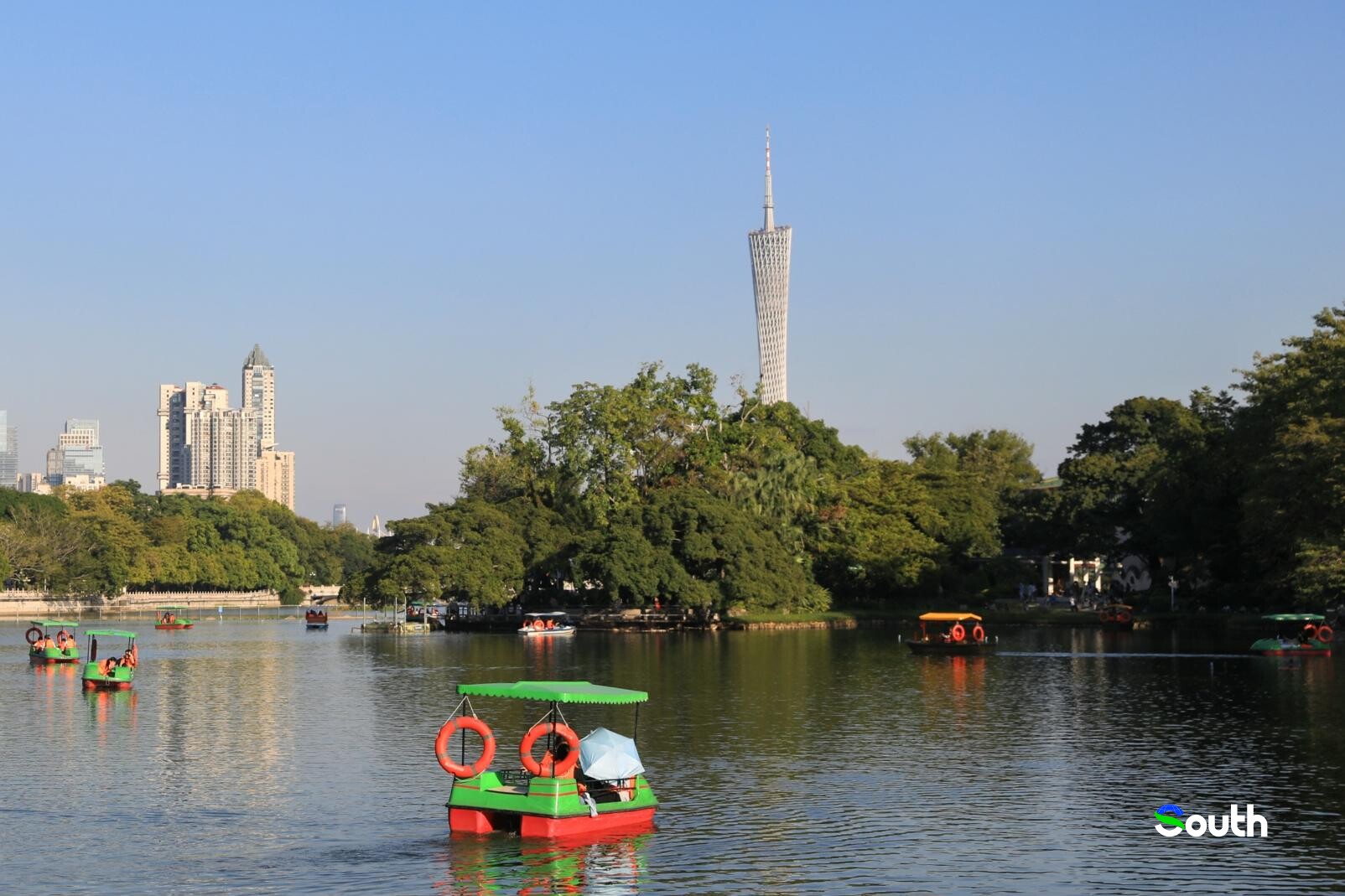
Xinhepu Historic and Cultural District (新河浦历史文化街区): Over 400 villas with red-brick facades and wrought-iron balconies line cobblestone streets. The Memorial Hall of the China Communist Party Third People's Congress here preserves revolutionary artifacts.
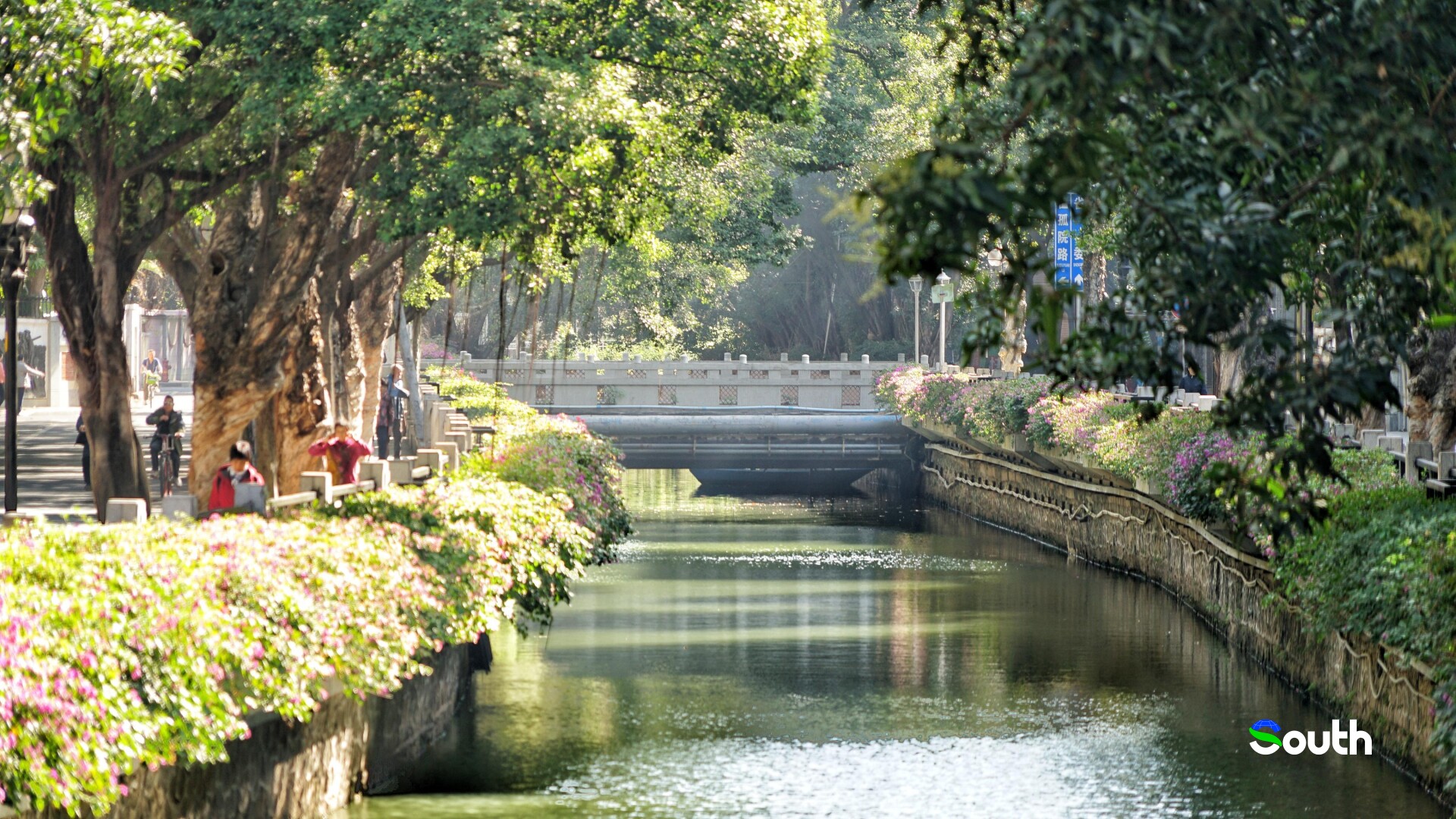
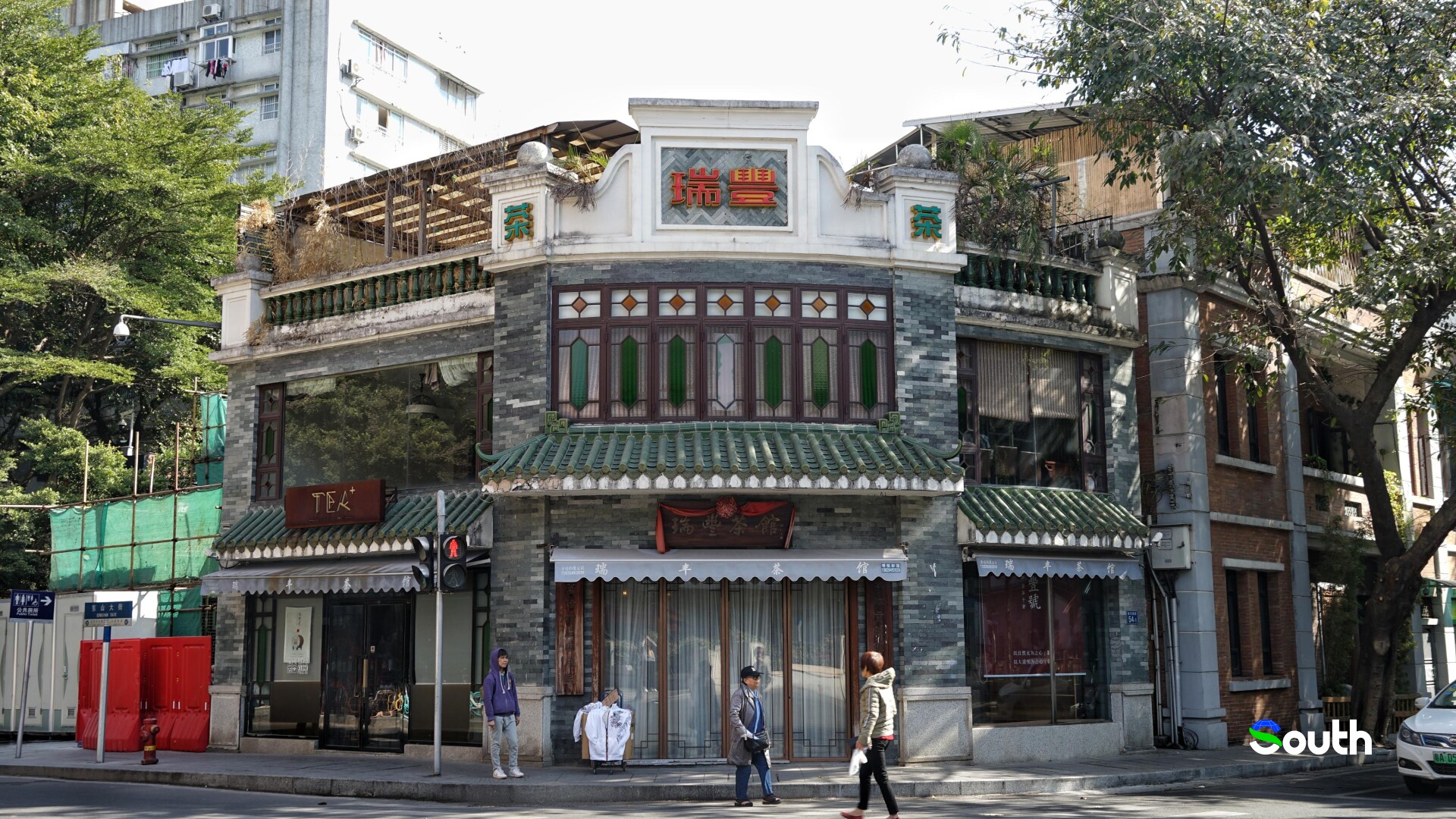
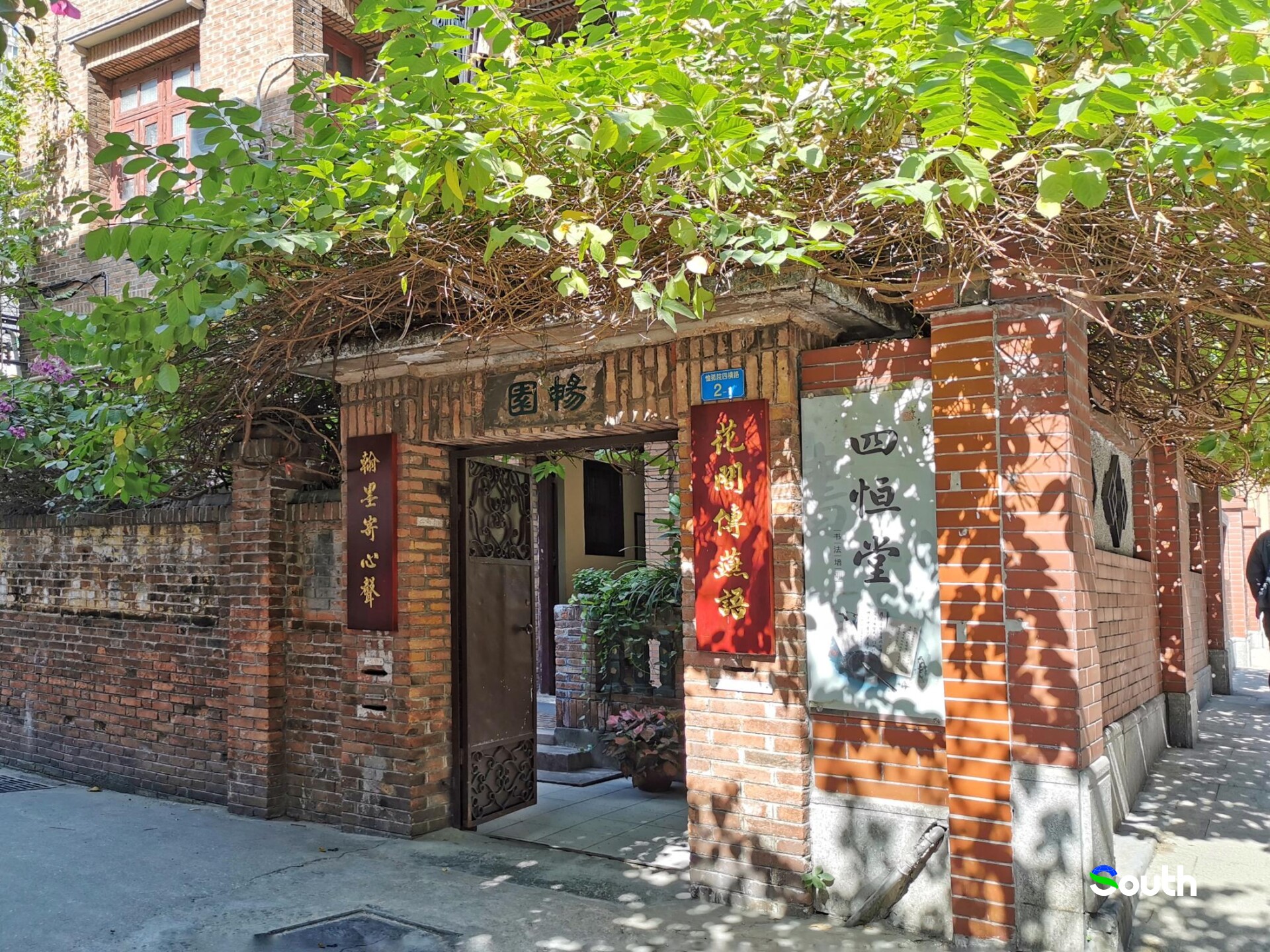
Binjiang East Road Station (滨江东路站)
Golden Coast Water Park (黄金海岸水上乐园): Built on the site of Guangzhou's first public pool (1930s), this 30,000㎡ park introduced the city's inaugural water slide in 1993. Its wave pool mimics Pearl River tides, and tropical-themed play zones attract families escaping summer heat.

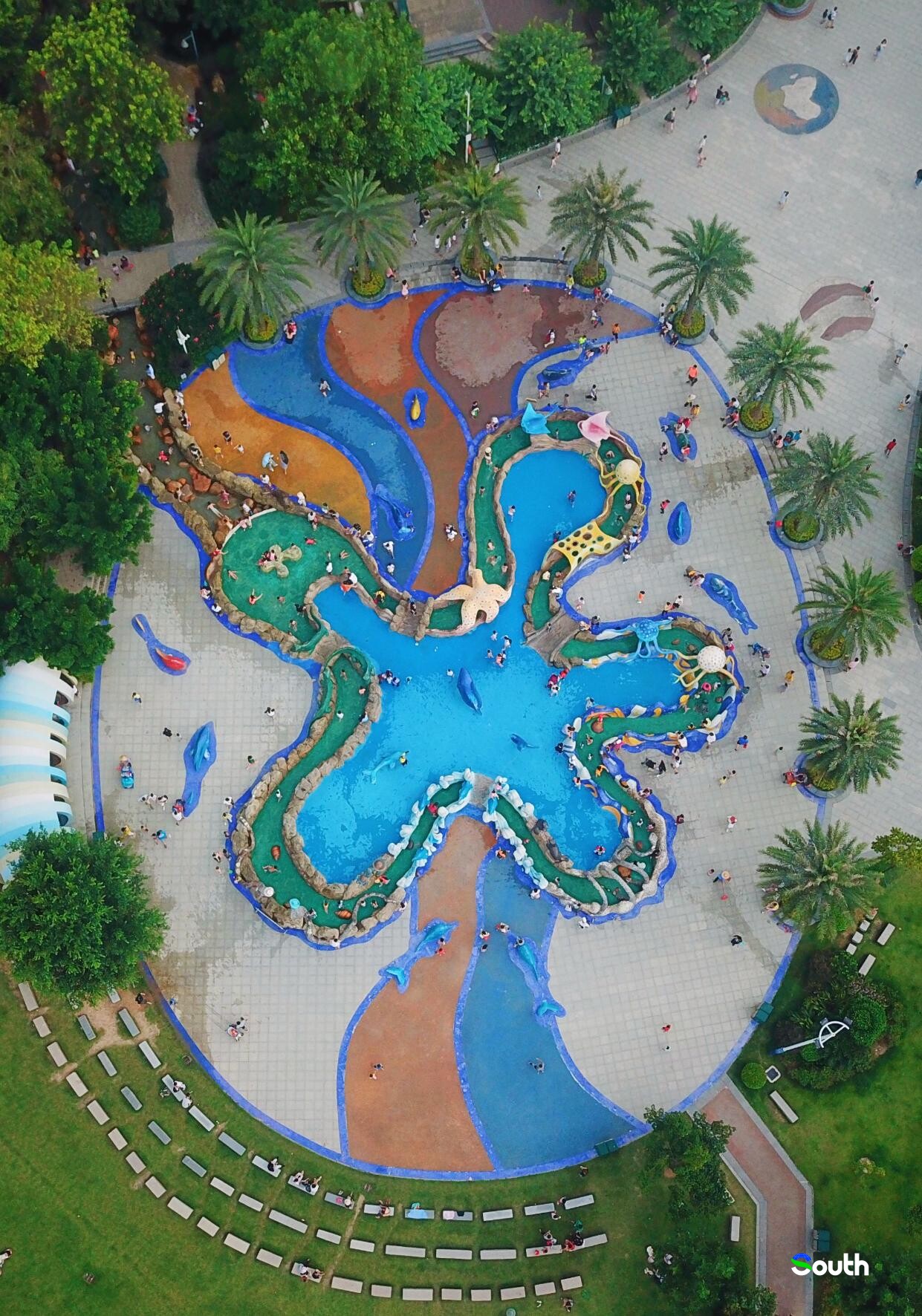
Wufeng Station (五凤站)
Zhongda Jiangnan Textile City (中大江南纺织城): Asia's largest fabric wholesale hub spans eight floors, where merchants trade silk from Suzhou and lace from Brussels. First-floor showrooms display ready-made curtains, while upper levels offer wholesale beads and embroidery threads – a magnet for fashion designers and industrial photographers.
Dongsha Station (东沙站)
Huangsha Seafood Center (黄沙水产中心): At this market, tanks hold live Alaskan king crabs and South Chinese grouper. Buyers haggle in Cantonese before taking their catches to second-floor kitchens for steaming with ginger-scallion sauce.
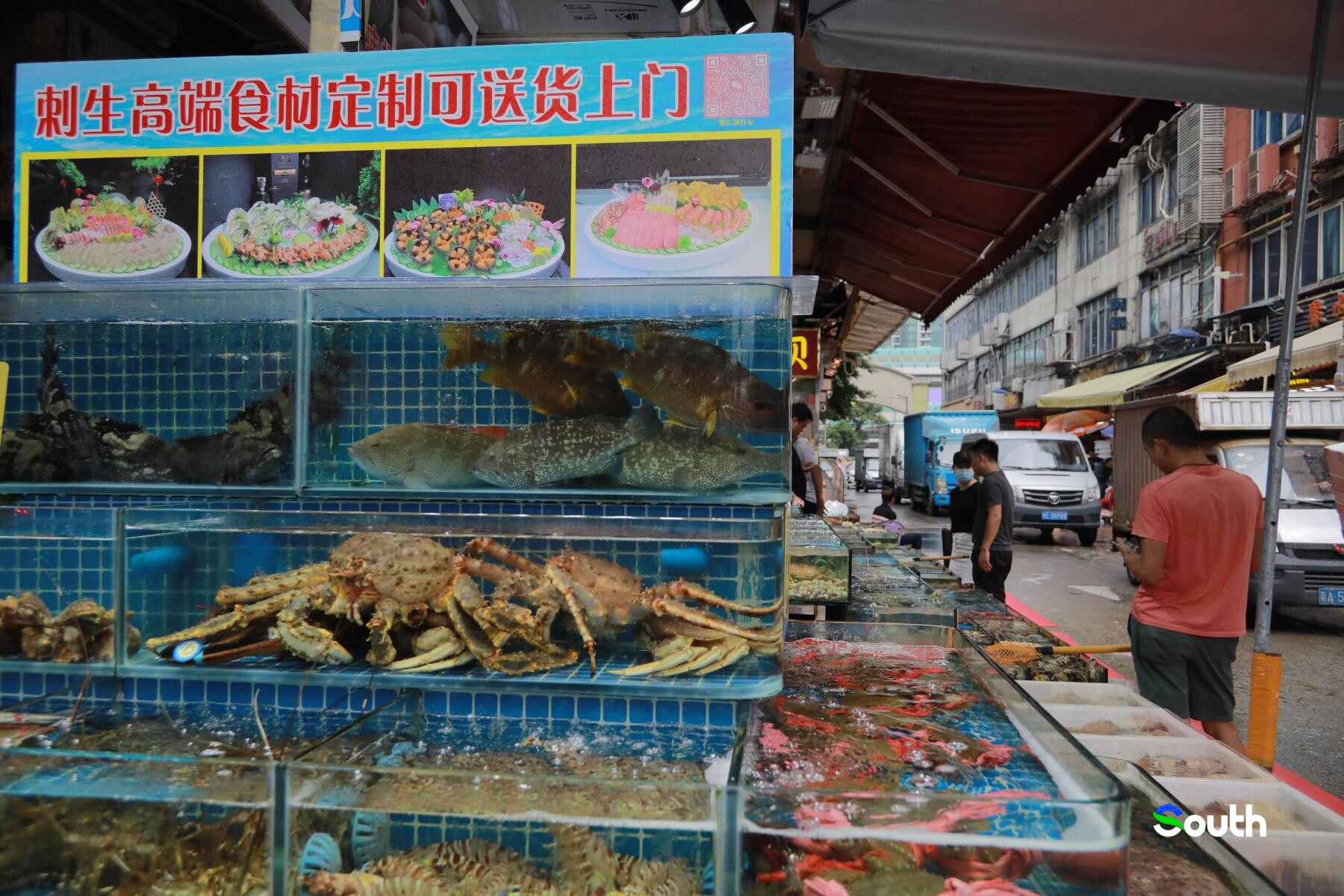
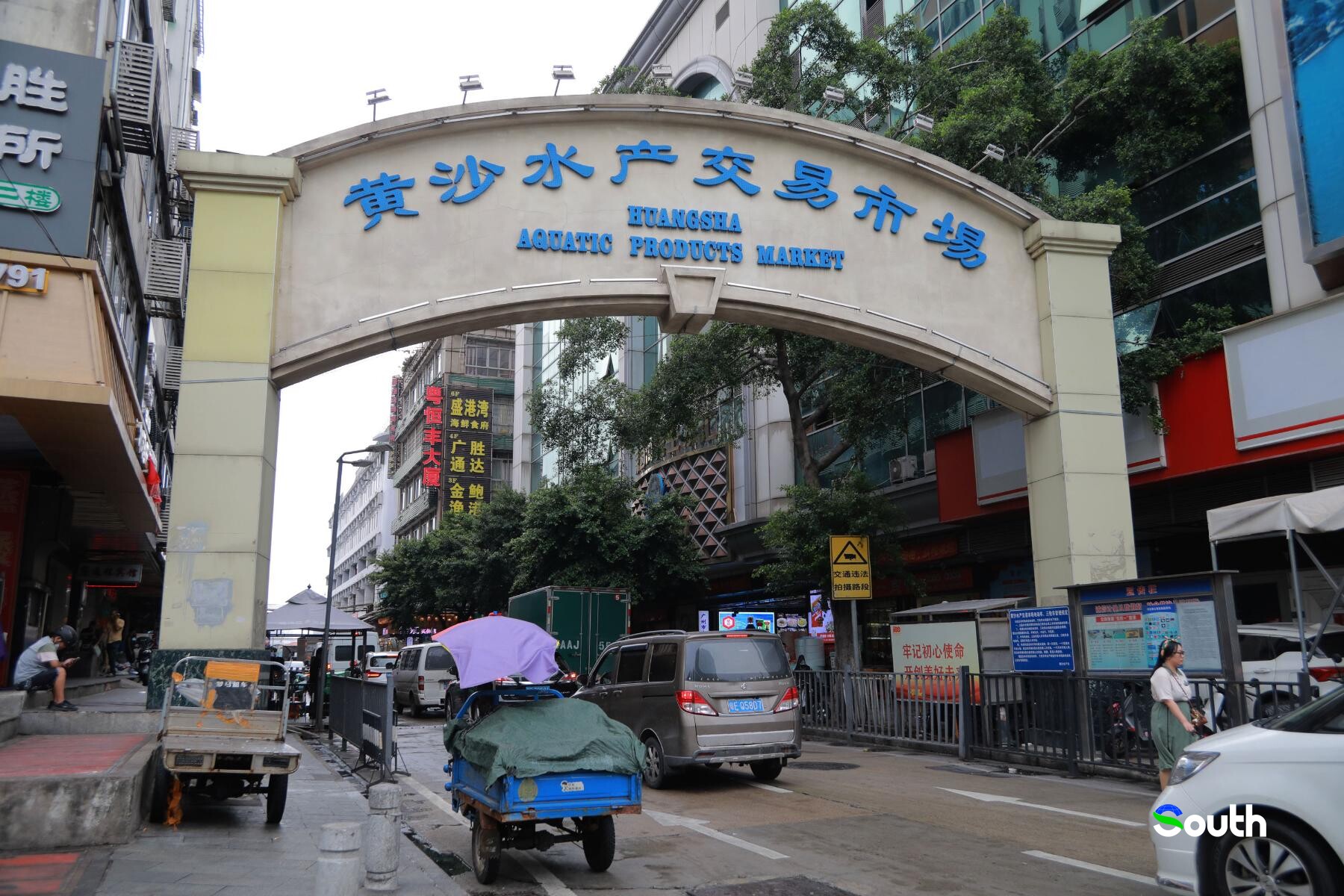
Xilang Station (西塱站)
Jiangnan Lilang Market (江楠荔塱市场): Liwan District's largest wholesale market, famed for fresh produce and street snacks.
Technical Innovations and Travel Notes
Driverless Technology: GoA4-grade autonomous trains run every 4 minutes during peak hours, supporting automatic docking and wake-sleep modes.
District Color Themes: Stations reflect local character—Tianhe's "Sunrise Orange" (活力朝阳橙), Yuexiu's "Heritage Gold" (古韵金), Haizhu's "Yuexiu Blue" (粤绣蓝), and Liwan's "Eco Green" (生态绿).
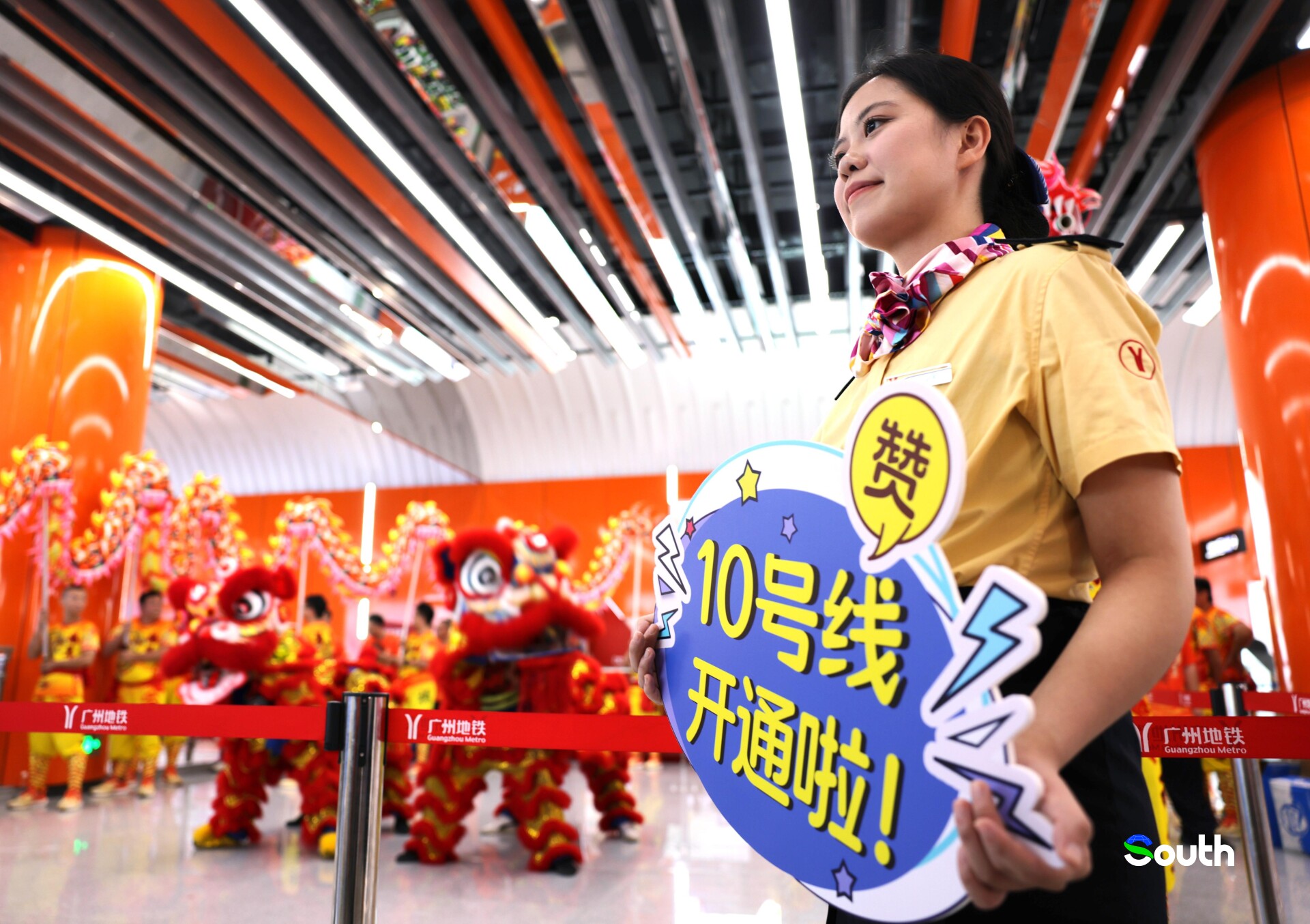
Temporary Transfer: At Wuyangcun Station, transfers between Lines 5 and 10 require exiting via blue gates and re-entering within 30 minutes (a 6-minute process).
Accessibility: All stations include smart service centres, wheelchair ramps, and nursing rooms.
Author | Feng Huiting
Photo | Nanfang Daily
Editor | Wei Shen, James, Shen He
















